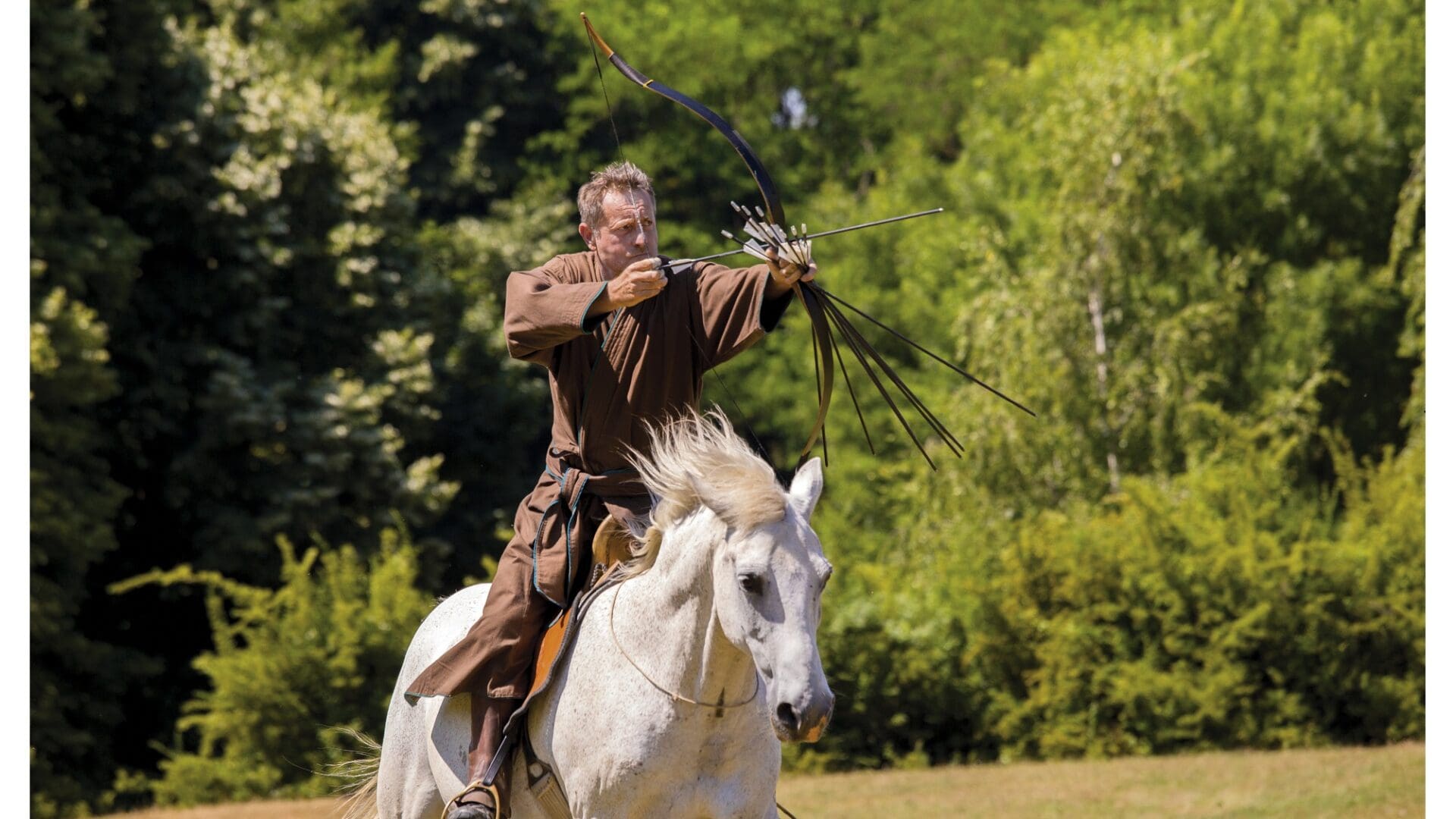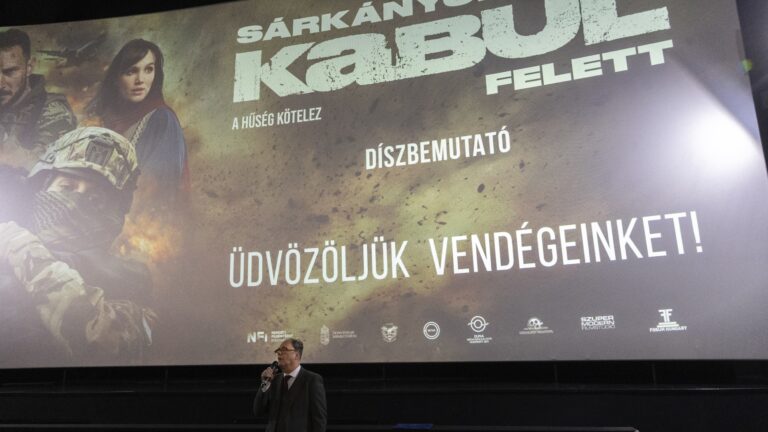Historical European Martial Arts (often abbreviated to HEMA) is an umbrella terminology for all European-originated martial arts developed from the late medieval period up to the 19th, and even 20th century. The choice of this periodization is explained by the availability of written fighting manuals, which can be reliably traced back only to the 1300s. There could have existed many other codified diverse fighting styles and practices even before that time, as well as a plethora of unwritten traditions, but unfortunately, these have been lost in the turbulent history of the West.
This broad definition of HEMA encompasses a wide array of martial disciplines, including various forms of unarmed combat like wrestling and pugilism, alongside a huge variety of weapon-based combat systems such as ones that feature fighting in armour, fighting on horse or on foot; as well as wielding various weapons such as halberds, daggers, spears, or different sword designs, such as the Italian rapier, the German messer, the Polish-Hungarian sabre, and many other.
Many of the historical European martial disciplines were fortunate enough to evolve into modern sports that we know today, like Olympic fencing, boxing, sport archery and some others. However, many had alas been neglected and forgotten, and the living continuum of masters and practitioners has been largely severed.
This all started to change in the middle-late 20th century, when in the countries of the Western world scholars and martial artists started to discover old European fighting manuals,
trying to recreate them in a sport-competitive environment. Many treatises authored by the fencing teachers of the past have been rediscovered, including the writings of Liechtenauer, Fiore dei Liberi, Paulus Hector Mair, and many other actual fencers, knights and fighters from the medieval-renaissance period.
The resurgence of interest in European martial arts has had an impact on Central European nations, Hungary included.
This country is home to multiple rich traditions of fighting and a diverse array of weapon designs, which implies there is a lot to discover and learn. However, the situation is complicated by the fact that only a few Hungarian manuals survived, whereas the unwritten tradition has almost entirely perished.
This does not mean, however, that these circumstances preclude the possibility of restoration—and a lot of effort is being made to breathe new life into Hungarian martial traditions. One of the examples of these efforts is manifested by the activities of Lajos Kassai, who attempts to revive Hungarian horse archery. He commenced his career as a bow maker and ended up as the creator of the competitive rules for horse archery as a sport.
He is known for setting a number of records in that discipline and collecting numerous prestigious awards. His archery style has rightfully earned its place in the collection of Hungarikums, the list of protected Hungarian cultural artefacts and values.
Training in the Kassai-valley
Two days long training camp in the Kassai-valley.
Another notable endeavour involves the reconstruction of the techniques for the Polish-Hungarian sabre.
This weapon design found its way into Poland during the rule of István Báthory (as a result, it came to be known as ‘batorówka’), a Hungarian noble who ascended to the throne of the Polish-Lithuanian Commonwealth and whose triumphant military campaigns will forever remain in the annals of history. The weapon, although possessing immense cultural importance for the Central European region, suffers from the same drawback—the scarcity of preserved written material. Nonetheless, the attention to that weapon has recently been very high, and with the help of the surviving fencing manuals for similar weapons (for instance, the German-Czech dusack) and by the trial-and-error method,
significant progress has been achieved in bringing the Polish-Hungarian sabre techniques back from obscurity.
While these reconstruction efforts are primarily concentrated in Poland, the weapon has gotten attention in numerous other countries as well. For example, Richard Marsden has published a book about the use of the Polish sabre in the 17th century, which is a weapon very similar in look and construction to its Hungarian counterpart.
No Title
ENG SUBTITLES AVAILABLE! Today we show our favourite saber exercises with different variations. Enjoy and have a good practise! We are very grateful to our Patrons for their support. Thanks to them we can produce more videos.
The next example of the efforts to revitalize the rich Hungarian sabre traditions is the recreation of Gusztáv Arlow’s system, a sabre fencing style developed by this Hungarian fencer in the late 19th and early 20th century. Unlike the previous examples of Hungarian martial disciplines, this particular one is being reconstructed from a preserved written manual—the book Kardvívás (‘Sabre Fencing’), which was published by Arlow in 1902. The fencing style of Arlow utilizes a much more subtle—compared to the Polish-Hungarian sabre—blade similar in some regard to the design of the modern Olympic sabre. In the introduction to his work, Arlow claims the fencing style of that manual is a merge of both Italian and the ‘old Hungarian school’—the latter regrettably not surviving up to our day in a codified form.
This raises the importance of Arlow’s book, as we can draw insights into how Hungarians used to fence in the past based on its content, in the times before Arlow comprised his work.
In Hungary, the task of preserving this heritage is carried out by the Budapest-based HEMA club Crosscut. Meanwhile, outside Hungary, we can look at the example of Russ Mitchel, a historical fencer from Texas. On his YouTube channel, he has dedicated a long playlist to covering and popularizing Arlow’s fencing.
Last but certainly not least, we present the fokos axe, a traditional folk weapon from the Carpathian Basin Hungarian Conservative has previously dedicated an article to.
The fokos is a standout example because this is the only weapon that has been continuously used up to this day in the Carpathians, primarily owing not to its combat potential but rather to its utility as a tool. However, that is not to say this is not a formidable weapon, a fact repeatedly demonstrated by Carpathian mountain dwellers during history. Although it has a living tradition of usage, these are mostly for non-combat techniques and folk-dance appearances, which showcase certain fighting moves only to a very limited degree.
Among the recent endeavours focused on exploring the combat applications of the fokos, noteworthy achievements have come from the Felföldi Dalia School of Hungarian National Martial Arts in Gömörpéterfala (Petrovce), located in present-day Slovakia. The enthusiasm for studying the fokos fighting has been supported by the locals, so much so that the school managed to organize a village tournament. The previously mentioned Russ Mitchell from Texas has also published comprehensive materials, including videos and a book, on fokos fencing techniques.
Hungary is a part of a region with a strong martial arts tradition waiting to be discovered, studied and trained. There is no need to be envious of Asian nations in that regard.
These martial arts are not only highly effective but also possess an aesthetic allure and a profound philosophical foundation. Thankfully, due to the work of many historical martial arts enthusiasts, all of these aspects can now be recreated in a safe, but competitive sports environment. By delving into the historical martial arts native to our homeland, we can reconnect with our Hungarian and European roots, forging a deeper connection to our cultural heritage.







